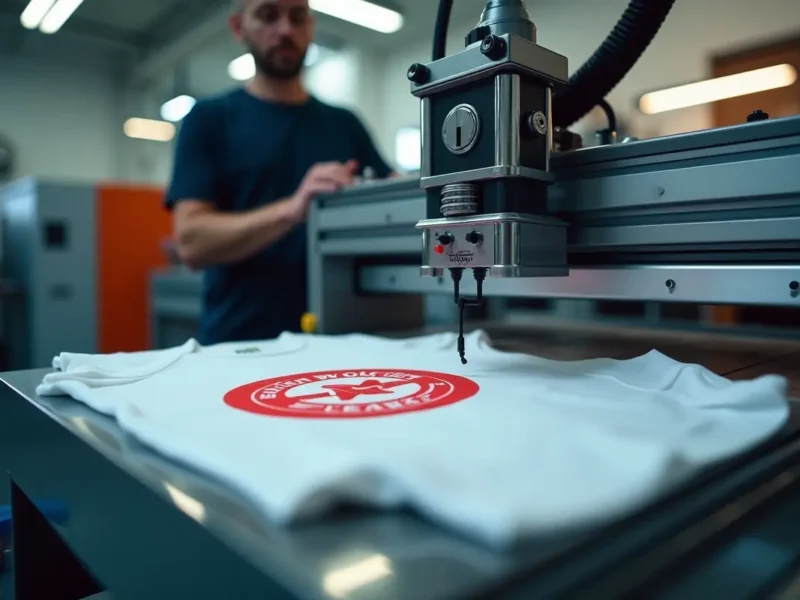Packaging doesn’t just protect what’s inside—it tells a story about the business that sent it. The right box, tape, and filler can quietly communicate reliability and care, while poorly chosen materials can send the opposite message fast. For a lot of companies, packaging is one of those things that gets attention only when something goes wrong. But when it’s done right, it saves money, reduces waste, and actually helps a brand grow.
Here’s the thing: smarter packaging isn’t always about switching to the cheapest option. It’s about finding that middle ground between practicality and presentation—something that works for both the budget and the customer experience. Businesses often realize too late that cutting corners on packaging can cost more in the long run, through damaged goods, unhappy customers, and higher returns.
Contents
Finding the Balance Between Cost and Quality
This is where modern packaging design really shines. Many businesses are rethinking their approach and turning to more efficient systems and materials that don’t sacrifice quality. Some have started exploring innovative solutions such as Jetbox, which focuses on smarter ways to package and ship products while reducing unnecessary waste. These types of designs show how it’s possible to balance durability, appearance, and sustainability without pushing up costs unnecessarily.
One of the biggest challenges in packaging is finding materials that are both cost-effective and protective. Standard cardboard boxes, for example, might seem fine, but if they’re the wrong thickness or structure for the product, they can end up doing more harm than good. The result? Extra layers of filler, higher shipping costs, and a bigger environmental footprint. Smarter packaging options are built to handle the exact type of product being shipped, which means fewer replacements and less waste overall.
Where Businesses Waste Money Without Realizing
Businesses that use tailored or custom-sized packaging often notice savings in unexpected places. Smaller, better-fitting boxes use less filler, take up less storage space, and can lower shipping fees because carriers charge by size as well as weight. Over time, these savings add up. It’s not just about aesthetics—it’s logistics, too.
Then there’s the environmental side. Consumers today pay more attention to how sustainable their deliveries are. Packaging that’s recyclable, biodegradable, or made from responsibly sourced materials doesn’t just reduce environmental impact—it builds customer trust. People remember when a brand makes an effort to be thoughtful about its footprint. What’s important, though, is finding balance. Overly complex “eco” packaging that’s expensive to produce or hard to recycle can backfire. The goal is smart design, not just green marketing.
Why Smarter Packaging Protects Profits
For smaller businesses especially, packaging is one of those areas that can quietly eat into profits. Many owners don’t realize how much they’re spending on oversized boxes, wasted filler, and returns from damaged goods. That’s money slipping away every single month.
The fix isn’t always obvious, but it usually starts with taking a closer look at the products themselves and how they’re shipped. Products that vary in shape or fragility might need different styles of packaging, but that doesn’t mean the process has to get complicated. Modular systems—ones that let you adjust box sizes or internal supports—can make packaging faster and more efficient.
Durability is another part that’s often overlooked. A thin or weak box might save a few cents per unit, but when it fails in transit, those savings vanish. A well-structured box design can handle compression and impacts without needing layers of bubble wrap or foam. This doesn’t just protect the item—it helps reduce the total packaging volume, which can lower costs at nearly every stage from storage to shipping.
Efficiency Behind the Scenes
Some companies are also finding that investing in better packaging machinery or setup pays off quickly. Automating part of the process, like sealing or label placement, can cut down on labor time and reduce errors. When employees don’t have to spend as much time wrestling with boxes and tape, they can focus on other parts of the operation. It’s these behind-the-scenes efficiencies that often separate businesses that just get by from those that thrive.
Another angle to consider is the unboxing experience. It’s easy to assume customers only care about what’s inside, but presentation really matters—especially for eCommerce. Clean, sturdy packaging that opens easily and feels deliberate can make a customer more likely to reorder. There’s something satisfying about a package that feels secure but not excessive. It gives the impression of care and professionalism, even when it’s simple.
Small Changes That Add Up
Cost-saving doesn’t mean compromising quality—it’s about optimizing it. Sometimes that means re-evaluating suppliers, other times it’s about rethinking how packaging materials are stored and used. Businesses that track how much packaging they go through and where waste happens tend to spot patterns quickly. Maybe a certain box size gets overused because it’s always within reach, or maybe filler materials are getting wasted because of poor training. These are small details, but they add up.
Even minor changes, like standardizing box dimensions or redesigning inserts to fit multiple products, can streamline inventory and reduce overhead. A packaging audit—where a company reviews its materials, processes, and waste—can reveal where savings are hiding. And the good thing is, those savings often come without any loss of quality.
Designing for Real-World Needs
Of course, there’s no one-size-fits-all approach. What works for an electronics brand won’t be the same for a small candle shop. But the principles stay consistent: use materials that fit the product, design packaging that’s efficient to assemble, and avoid unnecessary extras that don’t add protection or value.
Here’s a practical example: switching from double-boxed packaging to a reinforced single-wall design. At first, it might sound riskier, but with the right structure and internal supports, it can cut down on both material use and shipping costs without increasing damage rates. This kind of thinking—small, deliberate adjustments—creates long-term savings that most businesses don’t see coming.
Smarter Packaging, Stronger Business
The smartest packaging strategies often blend creativity with common sense. They involve testing, reviewing feedback, and being open to change. It’s easy to stick with whatever’s been used for years, but packaging technology and materials have evolved a lot. There are now lightweight, durable options that weren’t available a decade ago. Many are made from recycled sources and can be recycled again, which closes the loop neatly.
The bottom line is that packaging isn’t just a cost—it’s a tool. When designed thoughtfully, it protects products, improves efficiency, and communicates a brand’s values all at once. Companies that approach packaging as an opportunity rather than an afterthought tend to find savings where others only see expenses.
Smarter packaging choices don’t require massive investment or a total overhaul. They just take a willingness to experiment, measure results, and refine over time. Whether through new materials, better sizing, or more efficient designs, the businesses that make packaging work harder for them are the ones that save money without ever looking like they cut corners.



